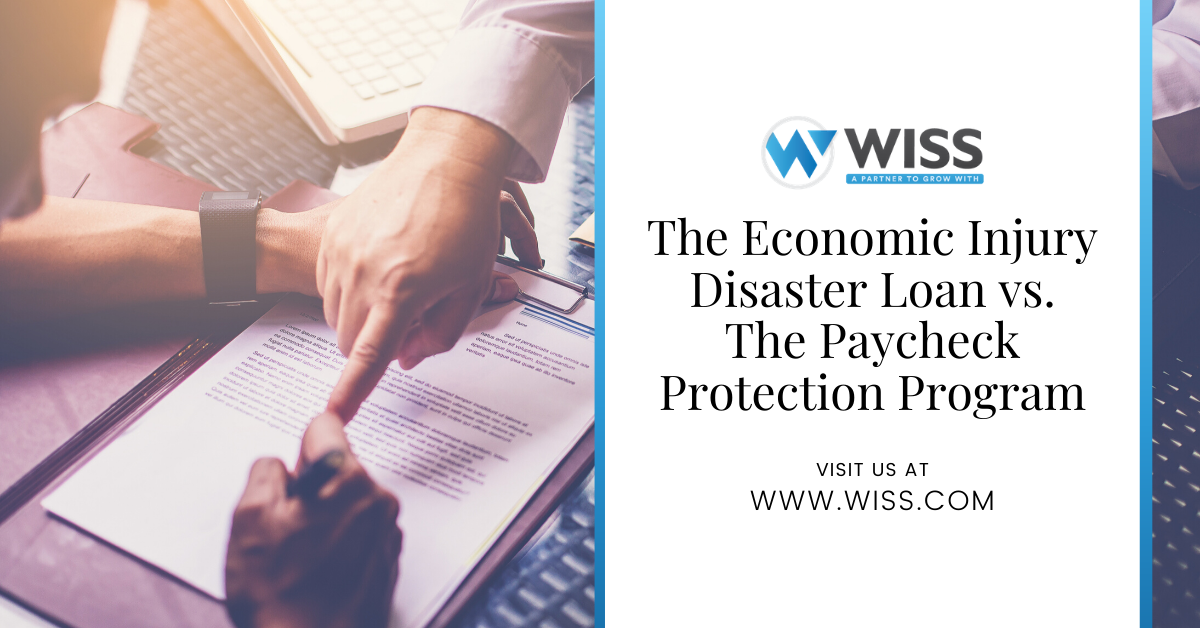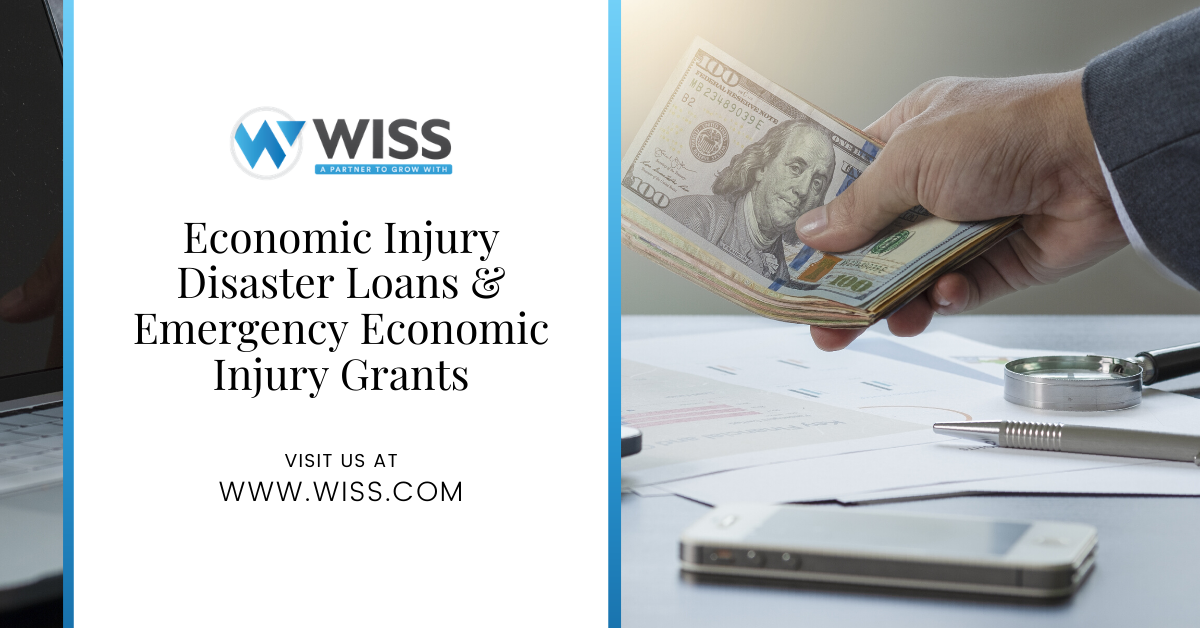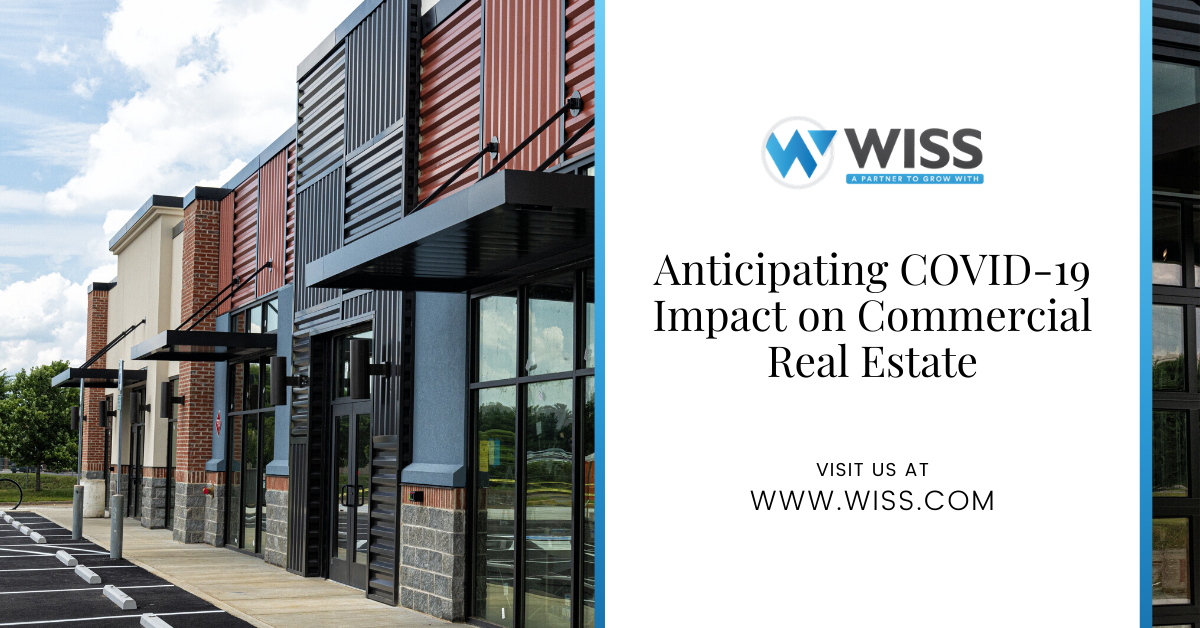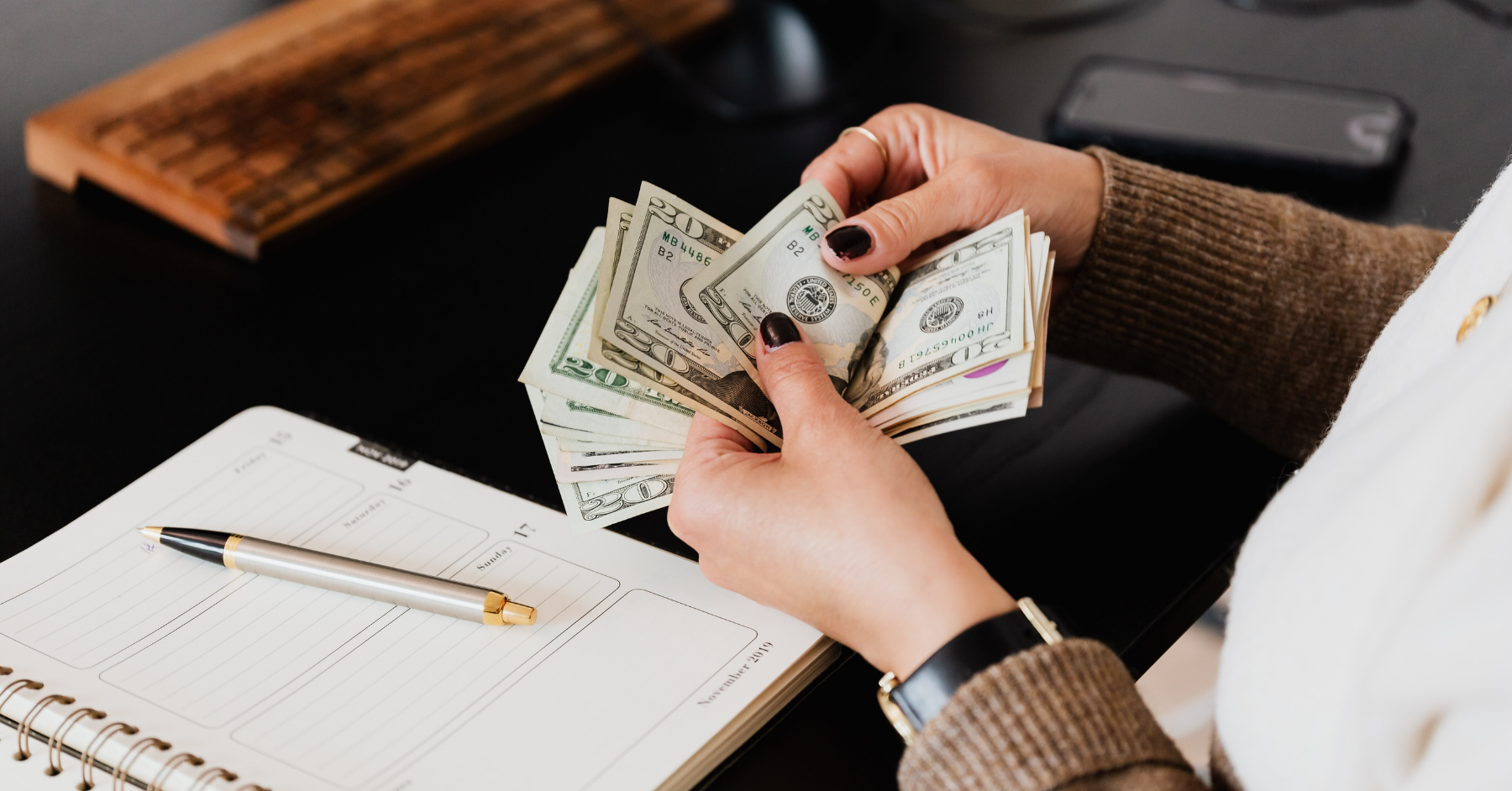On March 27th, 2020, President Trump signed into law the Coronavirus Aid, Relief, and Economic Security (CARES) Act, a stimulus bill that includes a loan program to keep small businesses afloat during mandated COVID-19-related closures. The CARES Act includes a Paycheck Protection Program (PPP) which authorizes up to $349 billion of federally guaranteed loans to qualifying small businesses. This new loan program is based on the architecture of the SBA’s existing 7(a) loan program and will make forgivable loans of up to $10 million available to qualifying small businesses.
Borrowers are eligible to apply for an EIDL and PPP loan. If approved for an EIDL loan, borrowers are eligible to re-finance the EIDL loan with the PPP loan.
The table below compares the terms between EIDL loan vs PPP:
| EIDL | PPP | |
| Who is the lender? | The SBA | A Bank that does SBA 7(a) Loans, underwritten by the SBA |
| What is the maximum amount of the loan? | The maximum loan size is $2 million. Applicants who apply for this loan may request an advance of up to $10,000 from the SBA. The advance will be distributed within 3 days. Applicants are not required to repay this advance if they are subsequently denied a loan. | The maximum loan size is $10 million. The calculation is as follows:
2.5x the average monthly “payroll” costs, measured over the 12 months preceding the loan origination date. Seasonal business may use the period February 15, 2019 – June 30, 2019 or March 1, 2019 – June 30, 2019 to calculate the average payroll. If you took out the EIDL loan between February 15, 2020 and June 30, 2020 and you want to refinance that loan into a PPP loan, you would add the outstanding loan amount to the “payroll” sum. Payroll includes salaries, commissions, tips, certain employee benefits (including health insurance and retirement benefits), state and local taxes and certain types of compensation to sole proprietors or independent contractors. Payroll costs specifically exclude compensation of an individual employee in excess of an annual salary of $100,000, foreign employees, FICA and income tax withholdings |
| What is the annual interest rate? | 3.75% for businesses, 2.75% for non-profits | Not to exceed 4% |
| What Is the term of the loan? | Up to 30 years | 10 years |
| When is the first loan payment due? | One year after the loan origination date (interest is accrued during the deferment) | At least six months after the loan origination date (interest is accrued during the deferment) |
| What can we use the loan for? | Financial obligations and operating expenses that could have been met had the disaster not occurred | Payroll costs (as defined above), group healthcare benefits, insurance premiums, and interest (but not principal) on mortgages or other debt incurred prior to February 15, 2020, rent on any lease in force prior to February 15, 2020 and utility payments |
| What collateral is required? | The SBA will place a UCC lien against the assets of the business | No collateral is required from either the business or its owners |
| Is a personal guarantee required? | Yes, for loans > $200,000, owners of > 20% of the business, managing members of LLCs, managing partners of LPs. However, no liens will be taken against real estate owned by the guarantor | No |
| Is there a loan forgiveness program? | No | Yes – calculated as the amount spent by the borrower during an 8-week period after the origination date of the loan on: payroll costs (as defined above), interest payment on any mortgage incurred prior to February 15, 2020, payment of rent on any lease in force prior to February 15, 2020, and payment on any utility for which service began before February 15, 2020. Payroll costs are subject to the same exclusions as noted above |
| What reduces the forgiveness? | N/A | The amount forgiven is reduced based on failure to maintain the average number of full-time equivalent employees versus the period from either February 15, 2019, through June 30, 2019, or January 1, 2020, through February 29, 2020, as selected by the borrower. The amount forgiven is also reduced to the extent that compensation for any individual making less than $100,000 per year is reduced by more than 25% measured against the most recent full quarter. Reductions in the number of employees or compensation occurring between February 15, 2020, and 30 days after enactment of the CARES Act will generally be ignored to the extent that reductions are reversed by June 30, 2020. Forgiven amounts will not constitute cancellation of indebtedness income for federal tax purposes. |
| Do I need to have filed my 2019 Taxes to apply? | No, 2019 Taxes do not have to be filed prior to applying for the loan. However, businesses will be asked to submit IRS form 4506T, which provides the SBA with access to historical tax returns | Will depend on the lender |
| How long will the loan application take? | 2-3 weeks plus an additional 5 days for funding | Unknown at this stage |
| Can I apply now? | Yes, the application process is live, and loans are available now. There is no obligation to accept the loan if you qualify. The SBA typically allows 60 days to accept the loan offer, but you can always extend this if needed. Therefore, it is better to apply ASAP | No. Now that the CARE Act is law, the SBA will give their loan guidelines to the banks. The banks will then prepare their loan application process. We expect this to take at least two weeks |
| What businesses/entities can apply and what are the affiliation rules? | Small businesses. There are several standards the SBA uses to define a small business, and it varies by industry. As a general guide, less than 500 employees and $35 million in revenue would typically qualify. Applicants for SBA loan programs typically must include their affiliates when applying size tests to determine eligibility. This means that employees of other businesses under common control would count toward the maximum number of permitted employees | Businesses and entities must have been in operation on February 15, 2020 and have 500 or fewer employees. There are some exceptions based on industry – see below
Individuals who operate a sole proprietorship or as an independent contractor and eligible self-employed individuals. Any business concern that employs not more than 500 employees per physical location of the business concern and that is assigned a NAICS code beginning with 72 (Accommodation and Food Services companies) Affiliation rules are also waived for franchises with codes assigned by the SBA, as reflected on the SBA franchise registry and businesses that receive financial assistance from one or more small business investment companies (SBIC) |

 Previous
Previous






